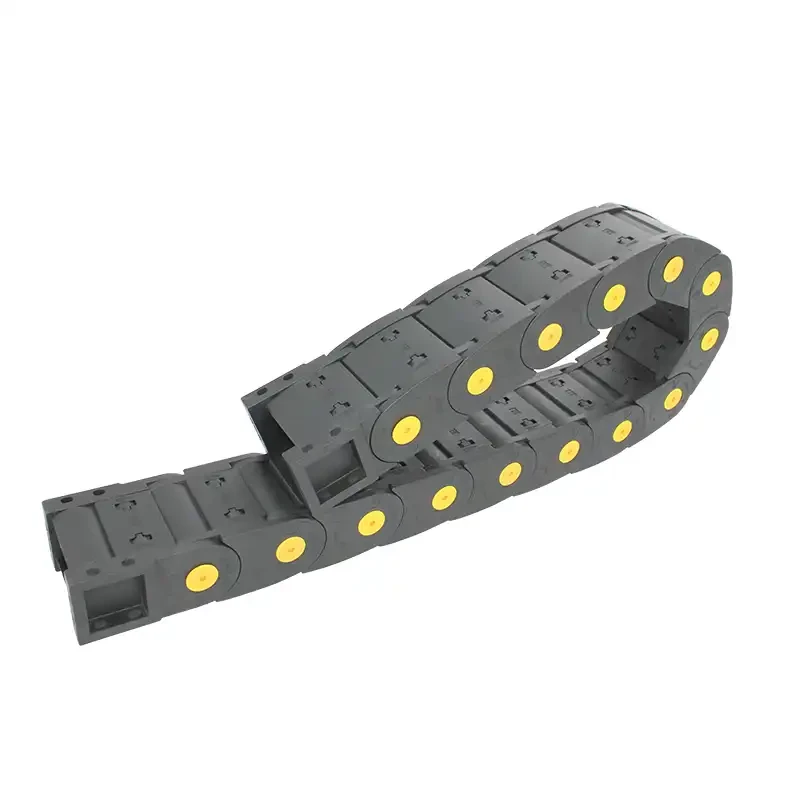synchronous belts and pulleys
Synchronous Belts and Pulleys The Heart of Mechanical Power Transmission
In the realm of mechanical engineering, the transmission of power from one component to another is crucial for the operation of many machines and systems. Among the various methods of transmitting mechanical power, synchronous belts and pulleys stand out due to their unique features, efficiency, and reliability. This article explores the fundamental principles of synchronous belts and pulleys, their advantages, applications, and considerations for use.
Understanding Synchronous Belts and Pulleys
Synchronous belts, also known as timing belts, are toothed belts designed to engage with pulleys that have corresponding teeth. This tooth engagement ensures no slip occurs between the belt and the pulleys, thereby maintaining precise timing between the connected components. Unlike traditional V-belts, which can slip under load and require periodic adjustments, synchronous belts offer a more stable and reliable form of power transmission.
The associated pulleys, often referred to as timing pulleys, are engineered with grooves that align with the teeth of the belt. This design allows for a secure grip, transmitting power efficiently while maintaining the synchronization of movement. The absence of slip means that the driven and driving components rotate in unison, which is especially beneficial in applications requiring exact positioning and timing, such as in robotics and CNC machinery.
Advantages of Synchronous Belts and Pulleys
1. Precision Timing The key advantage of synchronous belts lies in their ability to maintain a fixed ratio between the speeds of two or more shafts. This feature is crucial for machinery where timing is essential, such as in automotive timing systems and printing presses.
2. Efficiency Synchronous belts have an efficiency rate often exceeding 90%, making them more energy-efficient than many alternatives. The lack of slippage means that nearly all the power transmitted is useful, resulting in lower operational costs.
3. Reduced Maintenance Because they do not require tension adjustments to compensate for wear (as is needed with V-belts), synchronous belts contribute to lower maintenance costs and less downtime in industrial applications.
4. Noise Reduction Synchronous belts operate more quietly than chain-driven systems or V-belts, making them ideal for environments where noise reduction is important.
5. Load Capacity These belts can transmit significant loads relative to their size, which is particularly advantageous in space-constrained applications.
synchronous belts and pulleys

Applications of Synchronous Belts and Pulleys
The applications of synchronous belts and pulleys are vast and varied. They are commonly found in automotive applications, where they are used to drive timing mechanisms that synchronize the crankshaft and camshaft. In industrial settings, synchronous belts are employed in conveyor systems, packaging machines, and any machinery requiring precise motion control.
In robotics, synchronous belts allow for accurate positioning of robotic arms and components, essential for tasks involving assembly or pick-and-place operations. Additionally, in HVAC systems, synchronous belts can drive fans and blowers, contributing to efficient airflow management.
Considerations for Use
While synchronous belts and pulleys offer numerous advantages, there are considerations to keep in mind when selecting them for a specific application. These include
1. Material Selection Synchronous belts are available in various materials (such as polyurethane, rubber, and various composites) and tooth designs. Selecting the right material is critical based on the operating environment, load expectations, and flexibility requirements.
2. Belt Length and Width Proper sizing is essential to ensure efficient operation. An improperly sized belt may lead to excessive wear, insufficient load capacity, or suboptimal performance.
3. Load and Speed Ratings It is crucial to evaluate the load and speed ratings of both the belt and the pulleys being used to ensure their longevity and functionality in the application.
4. Alignment and Installation Correct alignment during installation will minimize wear and optimize performance. Misalignment can lead to premature failure of the belt or pulleys.
Conclusion
Synchronous belts and pulleys are an integral part of modern mechanical systems, offering precision, efficiency, and reliability in power transmission. With applications spanning various industries, understanding their advantages and considerations is vital for engineers and technicians alike. As technology advances, the development of new materials and designs promises to enhance the performance and application range of synchronous belt systems, paving the way for innovations in power transmission solutions.








